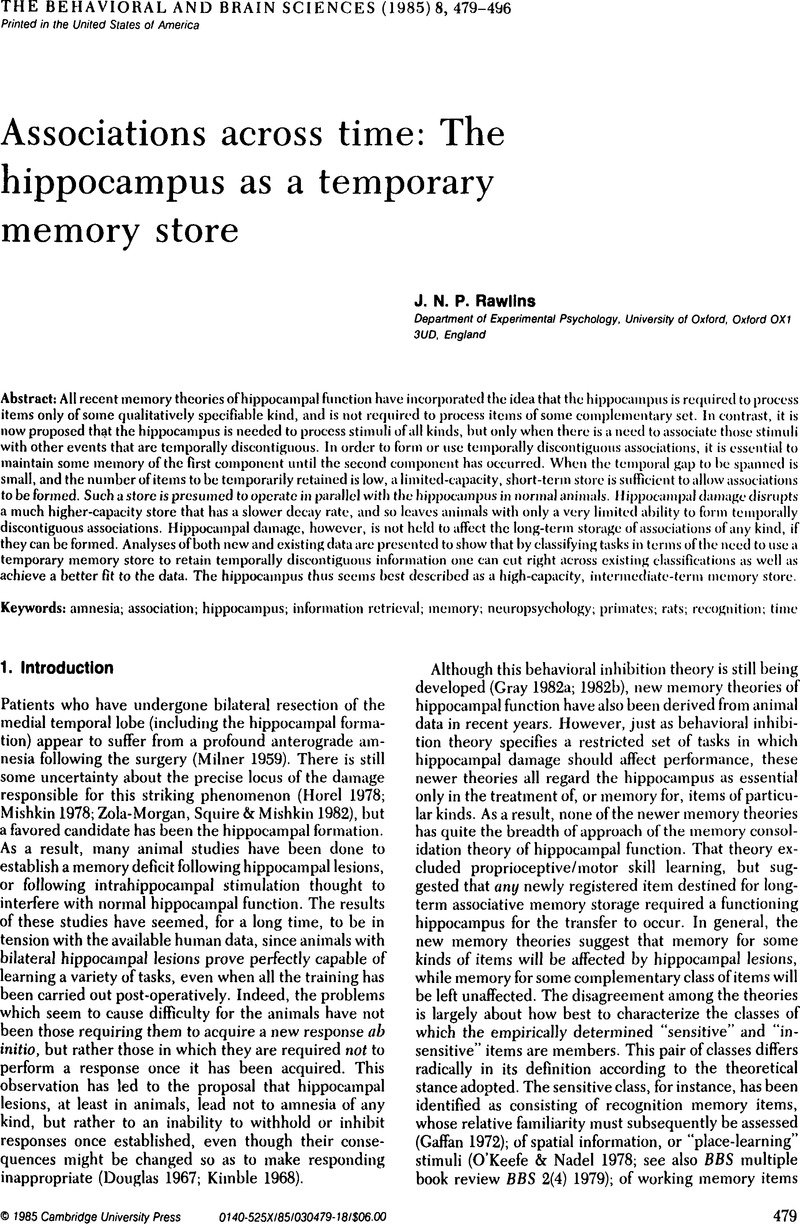Gray, J. A.,
Feldon, J.,
Rawlins, J. N. P.,
Owen, S. &
McNaughton, N. (
1978) The role of the septo-hippocampal system and its noradrenergic afferents in behavioural responses to non-reward. In:
Functions of the septo-hippocampal system, ed.
Elliott, K. &
Whelan, J.. Ciba Foundation Symposium No. 58 (New Series),
Elsevier. [tarJNPR]
Google Scholar 